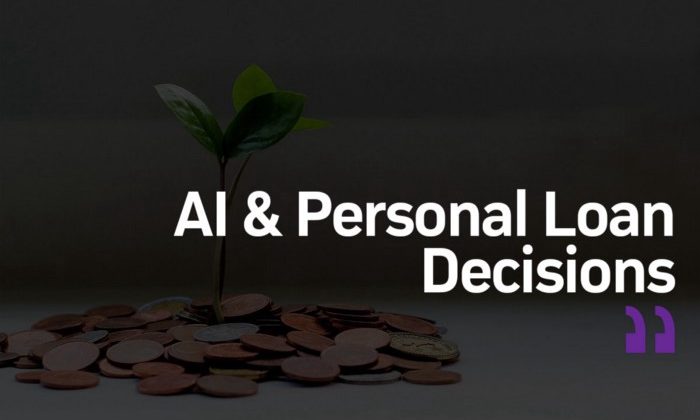
Artificial Intelligence (AI)-driven lending practices are gaining visibility and credibility. AI tools used with machine learning can analyze more data for a more accurate answer to loan requests. Lenders using new AI systems can evaluate bank account balances calculated with purchase history, social media habits, and utility payments to determine a person’s creditworthiness.
Those without established credit can benefit greatly from AI lenders. New startup lenders are using AI to approve personal loans for people with a short or non-existing credit history who have a reliable income and a high earning potential. These lenders use AI for underwriting. The loan decision is based on non-traditional data such as a college GPA, the company where the applicant works, and other digital footprint data points.
Traditional FICO scores measure static variables. In the past, FICO scores provided the true risk of an applicant. With fairness and consistent loan decision guidelines as a goal, laws were passed, such as the Equal Credit Opportunity Act of 1974, to prevent loan applicant discrimination. The law states that race, sex, origin, age, and even whether the individual receives public assistance cannot be used as decision factors. Although its intensions were good, there was still bias in credit decisions by lenders.
AI uses algorithms on huge datasets to find empirical relationships within consumer behavior. This goes beyond the traditional criteria provide by FICO scores and gives a more holistic profile of an applicant. The key to these paradigm changes in loan processing is proving that an AI-process statistical relationship is correctly predictive and that it is legal to use for a credit decision.
An FDIC paper, Credit Scoring using Digital Footprints, looks at five variables that can outperform traditional credit models in predicting loan payback. The five digital footprint variables are easy to use and available at no cost. They are:
· The type of computer used to apply for credit (Mac, PC)
· The type of device used (phone, pc)
· The time of day the application is filed
· The Email domain
· Whether the applicant’s name is part of their email address
Additional digital data that can be used is gaps or inconsistencies in employment records, purchase habits, and organization memberships to name a few. The intent is to allow lenders to make a more balanced and consistent decision and to give borrowing opportunities to a broader qualified population. But the concern is that some of these simple data points may skew risk assessment decisions towards or against a specific race or gender.
AI has the potential to transform the credit industry. More accurate lending decisions, such as a slight increase on loan returns and a minor improvement in risk mitigation, can mean a vast amount of money for a loan company. While banks and lenders need to ensure that new decision-making application processes are accurate and fair, those that do not embrace AI and machine learning to determine loan risk will lose their competitive edge.
